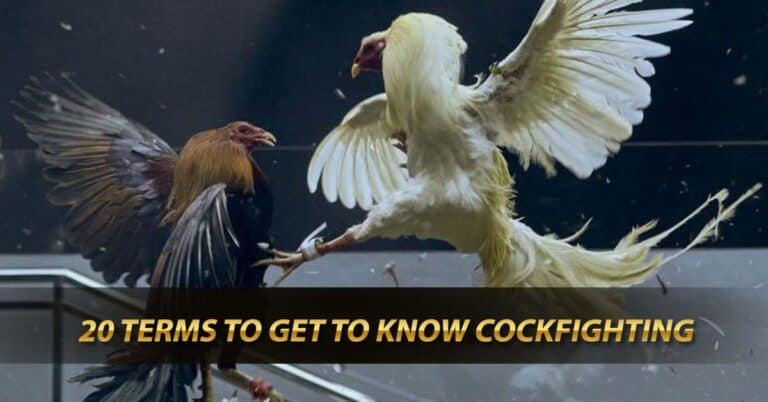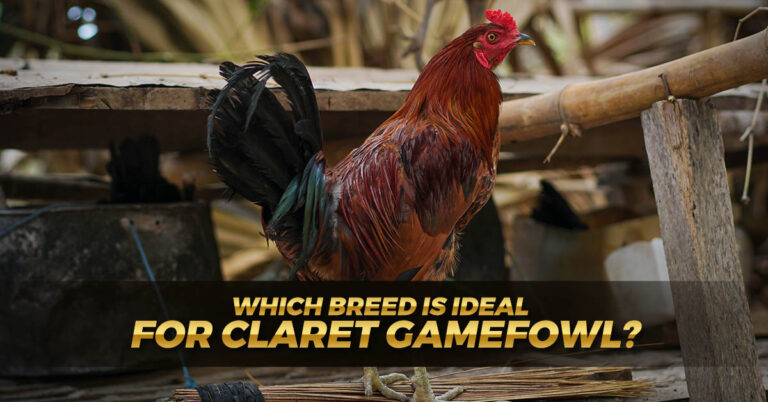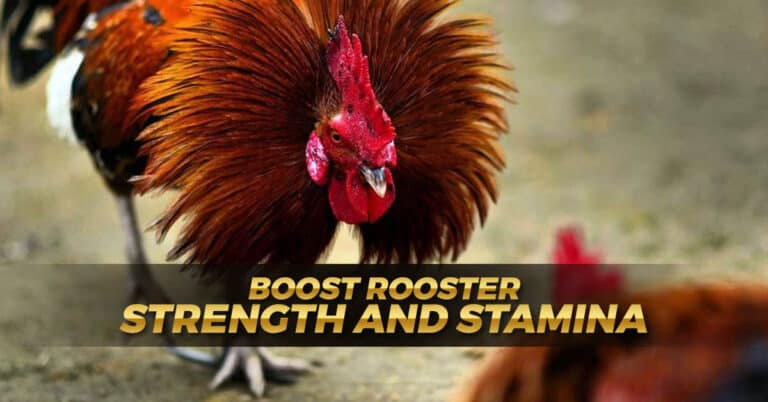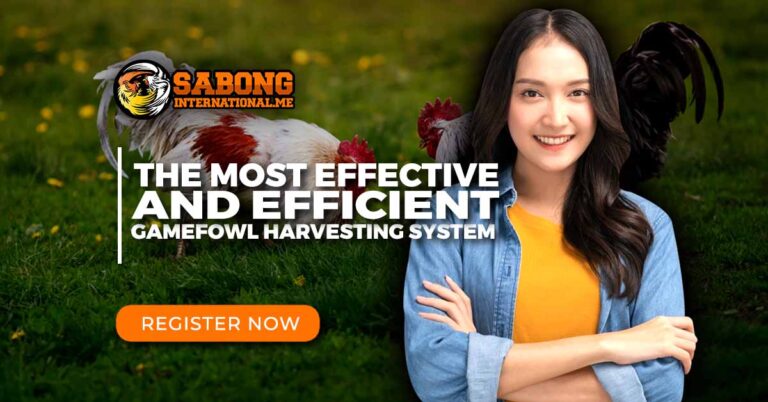Choosing the Best Rooster for Sabong
Choosing the correct rooster is of the utmost importance in the thrilling world of Sabong, where roosters compete in intense battles that test their power and skill. Online Sabong, often referred to as online cockfighting, is a sport popular in many different countries. Choosing the most capable rooster is essential if you want the contest to be exciting and competitive. This piece will walk you through selecting the best rooster for your Sabong flock.

The Importance of a Good Rooster
Regarding the world of Sabong, the significance of having a good rooster cannot be overstated. Sabong, also known as cockfighting, is not just a sport; it’s a passion, a tradition, and an art form for many enthusiasts. Whether you’re a seasoned Sabong fan or a newcomer to this thrilling world, understanding why a good rooster matters is essential.

Ensuring Fair and Thrilling Matches
In Sabong, the goal is to win and engage in a fair and exciting battle of skill, strength, and strategy. A good rooster ensures that the match is evenly matched, creating a captivating spectacle for all those in attendance. With a quality rooster, the excitement and intrigue that define Sabong would be maintained.
Honoring Tradition and Legacy
Sabong is deeply rooted in tradition and culture in many regions worldwide. It’s a practice passed down through generations, carrying the stories and legacies of legendary roosters. Choosing a good rooster is a way of paying homage to this rich history and preserving the traditions that have made Sabong special.
The Role of Genetics in Sabong
Genetics must be considered when selecting the best rooster for this thrilling sport. Understanding the significance of genetics is key.

Bloodline: The Foundation of Success
At the core of a breed’s potential for success in Sabong lies its bloodline. The bloodline refers to the rooster’s lineage, ancestry, and heritage. Just as champions in human sports often come from families with a history of excellence, the same principle applies to Sabong.
A breed with a solid and illustrious bloodline is likelier to possess the genetic traits needed for victory in the arena. These traits are passed down through generations, and experienced breeders meticulously track the lineage of their roosters to ensure they come from a line of winners.
By selecting a breed with favorable genetic traits in these areas, breeders and Sabong enthusiasts increase the likelihood of success in the arena.
Pedigree Analysis: Uncovering Genetic Potential
Breeders often engage in pedigree analysis to make informed decisions when choosing a breed. This process involves studying the rooster’s family tree, examining the records of past performances, and understanding the genetic markers that contribute to success.
The pedigree analysis allows breeders to identify patterns of excellence within a bloodline and make educated predictions about the breed’s future performance. It’s a valuable tool in the quest for the perfect Sabong breed.
Proper Training and Conditioning
Proper training and conditioning are crucial factors that can make the difference between victory and defeat. Preparing a breed for the rigors of the arena requires meticulous training and careful conditioning.

Dietary Regimen
Building Strength and Endurance
Mental Conditioning
Choosing the Right Age
When selecting a breed for Sabong, the rooster’s age and temperament are two crucial factors that demand consideration. These elements play a pivotal role in determining the breed’s suitability for the world of cockfighting.

Age Matters: Finding the Sweet Spot
The age of a breed is a critical determinant of its performance in Sabong. While age preferences vary among enthusiasts, finding the right balance is essential.
Conclusion
Choosing the best rooster for Sabong International combines genetics, training, health, and temperament. It’s an art that experienced Sabong enthusiasts master over time. Remember, a well-chosen breed can bring excitement and glory to the arena.










